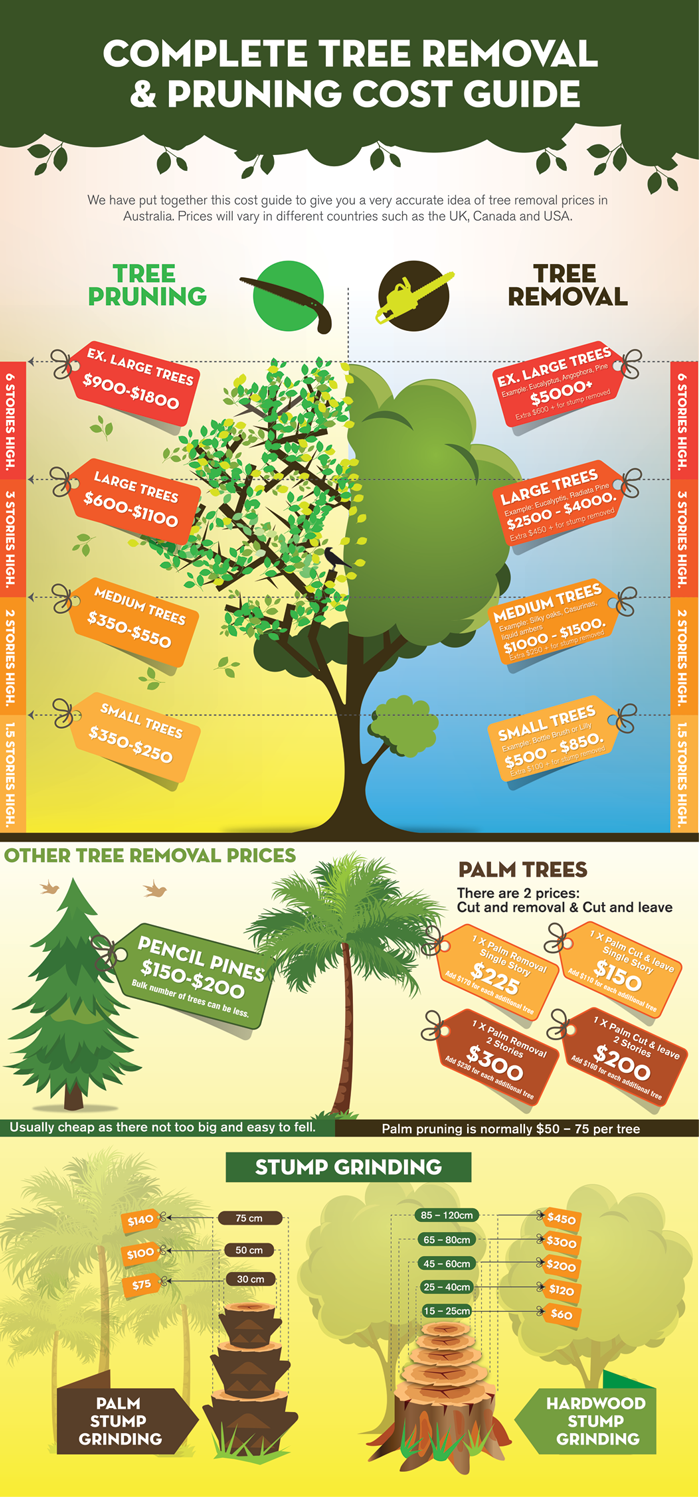Recognizing The Requirement For Tree Removal: A Guide For Homeowners
Recognizing The Requirement For Tree Removal: A Guide For Homeowners
Blog Article
Write-Up By- mouse click the following article include beauty and worth to property, however they can also pose a danger during severe climate occasions. If a tree has quit expanding, is showing noticeable fungal development, or has a leaning trunk, it should be removed by an expert to prevent residential or commercial property damages and injury.
To get more information, attend a home owner source fair co-hosted by HPD, the Center for New York City Neighborhoods, and Brooklyn-based real estate partners this evening in Bedford-Stuyvesant. The event will certainly feature the Property owner Handbook, a brand-new guide to help homeowners navigate the responsibilities of possessing a home.
1. Dead or Dying Branches
Trees are an important part of your home's landscape, offering shade and beauty. They also give sanctuary for wildlife and create oxygen, but even healthy and balanced trees can experience health issue that might necessitate their elimination. Dead or passing away trees aren't simply unattractive, they can be hazardous. Their branches could fall throughout a storm, bring about expensive property damage and injuries.
When a tree's branches begin to pass away, it indicates that its structure is beginning to break down. If most of its branches are dead, it is likely time to remove it.
Try to find a lack of brand-new growth, bark peeling, open wounds or tooth cavities, fungi expanding on the trunk or roots and a basic appearance of decay in the entire cover. These indicators of infection can show a significant problem that will certainly require expert tree solutions to fix.
2. Leaning Trunk
While it's regular for trees to lean once in a while due to phototropism, if a tree has an unsafe or serious lean that's not due to natural processes - it could be an indicator that the tree requires to be removed. If the tree is favoring a high-voltage line, home, car, play framework or any other area that could be dangerous to individuals if it drops, then speaking to an expert tree service for removal need to be a top priority.
It's additionally important to look for any sudden changes in a tree's leaning as it can show damage to the origins or trunk that may lead to falling. This is particularly real throughout stormy weather, considering that high winds and rain-soaked dirt can create a lean to change rapidly. Regular monitoring, especially during and after tornados can aid property owners recognize prospective troubles with their trees so they can call an arborist for an extensive evaluation.
3. Insect Problem
Some pest infestations, such as wood-boring bugs like emerald ash borer or sap-suckers like range pests, are so extreme that they can trigger a tree to pass away. The best means to stop pest invasion is to monitor your trees on a regular basis. isa arborist study guide for areas, holes, or discolorations in the leaves and bark. Check out the trunk for fractures and signs of insect damage, such as tunnels or tracks.
If a tree ends up being too infested with insects, or is close to a home or power lines, an arborist may recommend removal. If a leaning tree develops a new, unpredictable lean, an arborist will likely advise removal also to ensure the safety of individuals and residential property. If a damaged or dead tree consistently drops too much branches, it is an indicator that it is time to get rid of the tree. If a tree continues to drop branches for an extended time period, it could bring about structural troubles and potential residential or commercial property damage.
4. Harmed Trunk
Trees are a stunning and important part of our landscape, yet they do call for normal like maintain them healthy and balanced and secure. If a tree is harmed beyond repair it is likely time for it to come down.
Search for signs of damages to the trunk, including upright cracks, seams, dead branch stubs, noticeable wounds or open dental caries and extreme tree-rot. The visibility of fungis at the base of the trunk is another warning indication. Fungi may show that the phloem and xylem (life-support cells) are jeopardized, permitting the spread of illness or a future failure.
Additionally, think about whether the tree has actually quit expanding. Healthy and balanced trees will certainly have brand-new development annually, which might be visible as buds or branches growing and extending. If you don't see any new growth, it's a great idea to have an arborist review the tree and follow their suggestion for removal. A passing away or harmed tree can fall and create residential property damages.